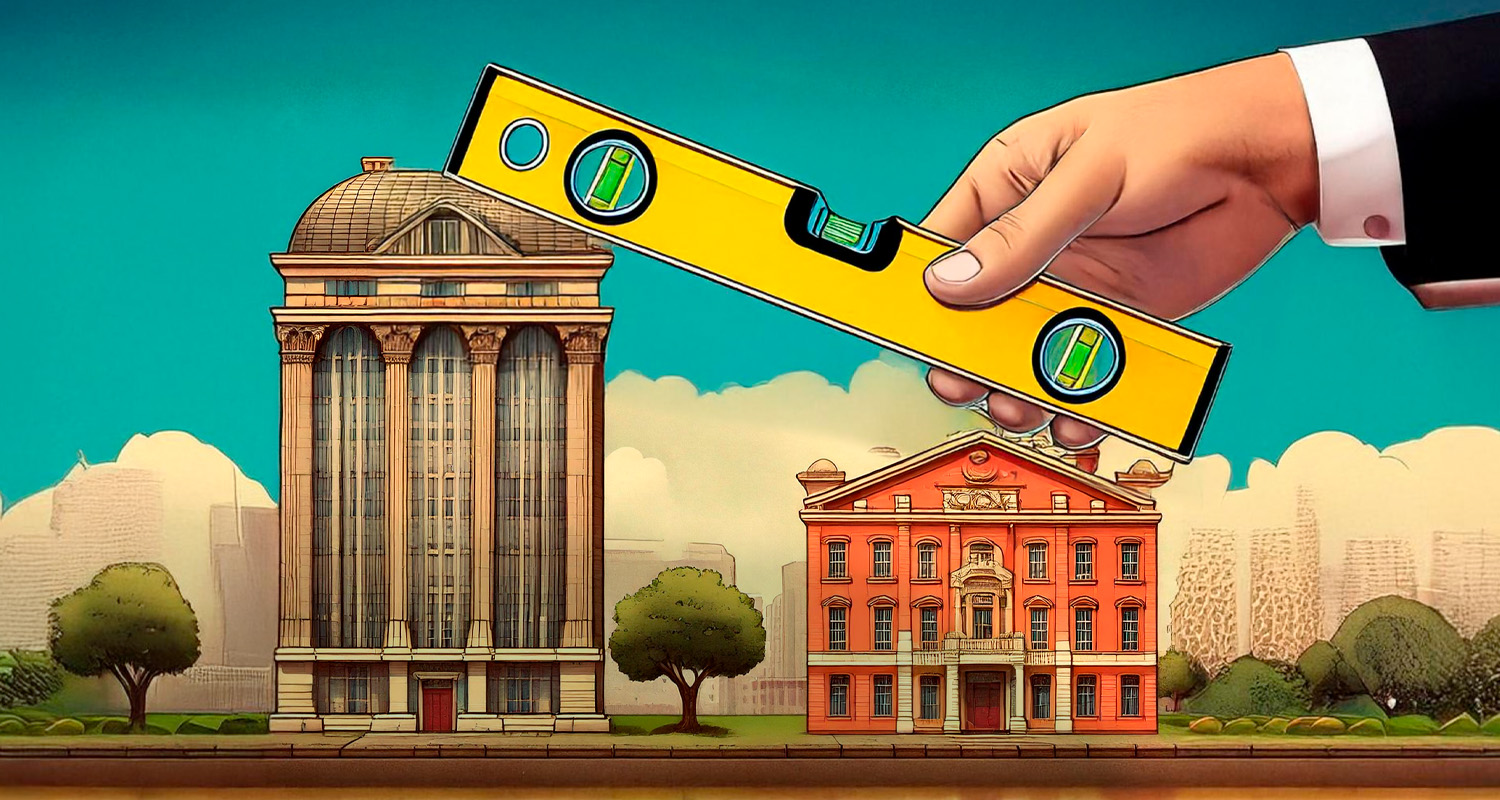The past year and a half has challenged our industry in ways previously unknown. We began the year expecting our biggest challenge would be the continued growth of deposits at reasonable rates. Today, we are faced with three challenges: a prolonged low-rate environment with continued margin compression; keeping branches open/serving our communities; and an increasing number of customer transactions moving to the digital arena.
Much has been written lately regarding the validity of the branch in the current environment. Has community banking been changed forever based on consumers’ digital behaviors? Possibly. Is some of this for the best? Definitely. Does the branch still have value? Absolutely! Community banking is about community support. It’s about being present and accessible. Unless your strategic plan is to shutter your branches and vacate your communities, we encourage you to keep reading.
Margin compression is real. So, what can you do? You can offset a portion of it by shifting your deposit mix toward low- or non-interest-bearing deposits. Adding long-term, low-rate deposit relationships should always be the foundation of any strategy, and community bank data shows your branches are the key to shifting your deposit mix.
While new core relationships are strategic in managing and maintaining your margins, they are also a key driver of additional non-interest income (NII); this is a critical component in the shorter term. Financial institutions must increase their NII to offset some of the challenges on the interest income/margin side. To accomplish increasing new relationships you must do three things.
- Bring more new customer relationships into your organization.
- Serve all of your customers better than any other financial institution has previously.
- Make them loyal customers by increasing relational intensity over time
The Loyalty Factor

Bringing in more relationships should be data-driven, and the data reveals that the checking account and the branches are key. Looking at data from 100-plus community-based financial institutions and more than 2.5 million households/businesses illustrates this point.
The majority (72 percent) of consumer and business relationships at community banks begin with a checking account. In other words, the checking account provides the best opportunity to create customer loyalty—it is the gateway to primary financial institution status (PFI), allowing your bank first right of refusal on other products and services 68 percent of the time. In addition, customers who have their checking account with your bank outpace other customers when it comes to products and services, generating additional NII.
Even during the pandemic—and with limited access to community-based bank branch networks—client data shows that more than 90 percent of new PFI relationships have come through branch channels (in-person, appointments, drive-thru, telephone). The value of your branches cannot be ignored. The more customer loyalty you build, the more interest income and NII it generates. With consumer and business customers having almost six products and services with their primary financial institution, the math works. Most important, the more loyal customers you have, the better your bank will perform now and in the future.
 Segmenting data from several million customers based on their tenure with the community banks shows that loyal customers, over their lifetime, generate dramatically more NII. In addition, annual NII contribution peaks once customers have been with their PFI for a few years. Further analysis of the data explains why the checking account revenue stream does not continue to grow. It is driven by customer age demographics. In general, more mature customers tend to drive more checking deposits than checking NII.
Segmenting data from several million customers based on their tenure with the community banks shows that loyal customers, over their lifetime, generate dramatically more NII. In addition, annual NII contribution peaks once customers have been with their PFI for a few years. Further analysis of the data explains why the checking account revenue stream does not continue to grow. It is driven by customer age demographics. In general, more mature customers tend to drive more checking deposits than checking NII.
Creating Loyalty
In order to create loyalty, it is imperative your organization be positioned to capture new customers when they are ready to switch. The data shows that up to 12 percent of current retail and business customers are consistently switching financial institutions. A recent study published by The Financial Brand indicated this number could be as high as 22 percent post-COVID, driven primarily by the failures of the big banks to serve customers adequately during the pandemic.
So how do you position your organization for growth?
- Checking Product: You need to get your checking product right. Confusing product does not create value and, in turn, does not develop customer loyalty.
- Processes: It is imperative that you remove barriers. Your account-opening policies and customer identification program practices often inhibit growth rather than encouraging it. Read them for yourself.
- Promotion: Community banks have an audience that needs to be maximized and then optimized within a defined footprint. If your bank isn’t using targeted, data-driven print and digital marketing to grow PFI customers, you are missing too many growth opportunities.
- People: Your team members must be equipped with the skills and the product knowledge to develop true relationships with customers. Customer loyalty is created through customer connections.
The Bottom Line
- To create loyalty, you have to get the new customer first.
- The checking account is the key to the PFI relationship.
- Once you have them, products, processes, promotion and people move them up the loyalty ladder.
- The longer customers stay, the more they will contribute.
- You can do things to accelerate that growth.
- Customers are not all the same. You must understand their lifecycle journey with your bank.
- As with any strategy, there is no silver bullet, but rather, your bank should be looking for a long-term, loyalty payoff.
Achim Griesel is president and Dr. Sean Payant serves as the chief strategy officer at Haberfeld, a data-driven consulting firm specializing in core relationships and profitability growth for community-based financial institutions. Griesel can be reached at 402/323-3793 or achim@haberfeld.com; Payant can be reached at 402/323-3614 or sean@haberfeld.com.





